

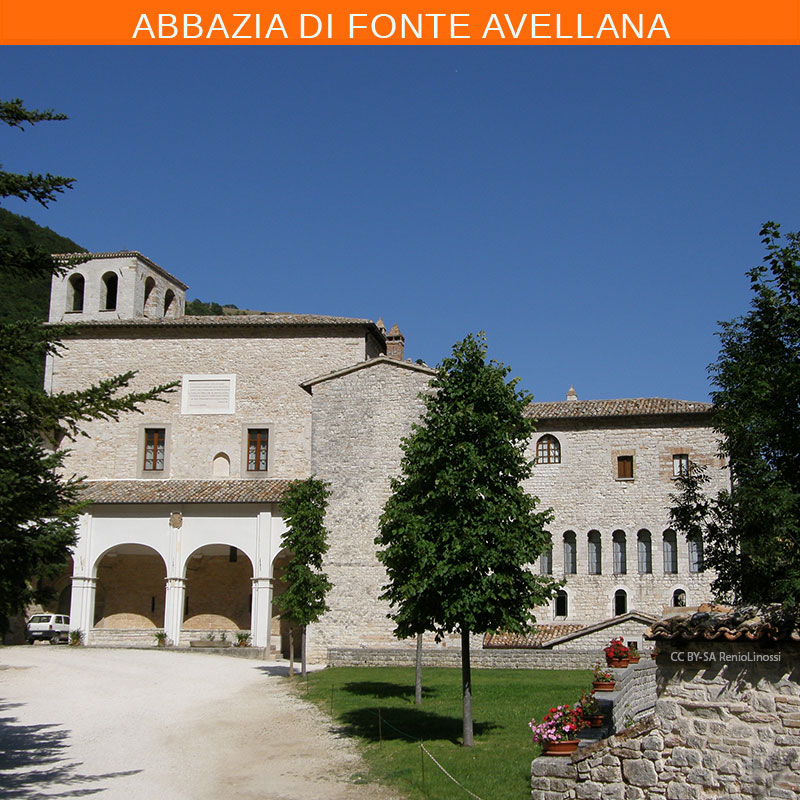
Fonte Avellana Abbey. This early monastery, built in one of the most breathtaking settings, on the eastern flanks of Monte Catria in the Apennine mountains, still conserves its medieval monastic form. Its beauty come from the intentional poverty of the architecture, the magnificence of its proportions and the extraordinary size of the entire complex. Founded in 980, it was presided by one influential figure in medieval monastic history, St Romuald who was prior here from 1043 until his death. The 12 th century abbey, with the shape of a Latin cross, has been restored to its medieval simplicity. Its single aisle is covered by a mighty barrel-vaulted ceiling. A wide flight of steps leads to a presbytery. Beneath it is the crypt, divided into three compartments supported by Romanesque arches and built with finely cut stones that seems almost as if the walls have been carved out of the rock.
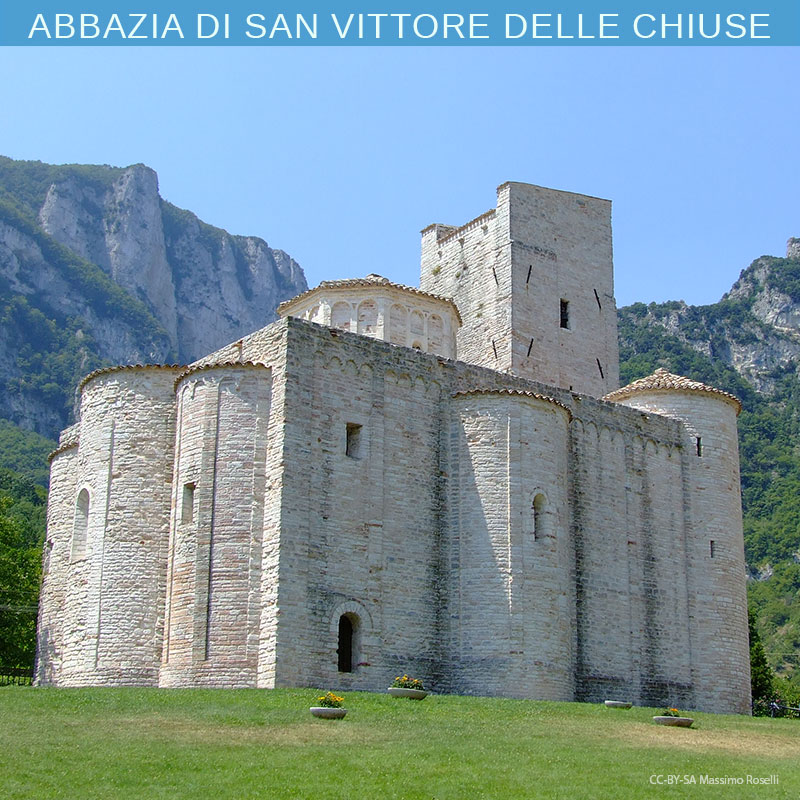
Abbey of Genga San Vittore delle Chiuse. The suggestive Romanesque church of San Vittore delle Chiuse (11th Century), is the pearl of a protected area that is very rich in both nature and landscapes. The Abbey is located by the Sentino River. It is built upon a squared Greek-cross plan, with the original idea of having five semicircular apses: three at the rear and one on either flank of the church. The ceiling is horizontal with a small central dome, while the external walls are characterised by a series of small arches and pilaster strips. The Abbey reached up the maximum splendour in 12th century but it began its slow decline with the coming of the communal dominations.
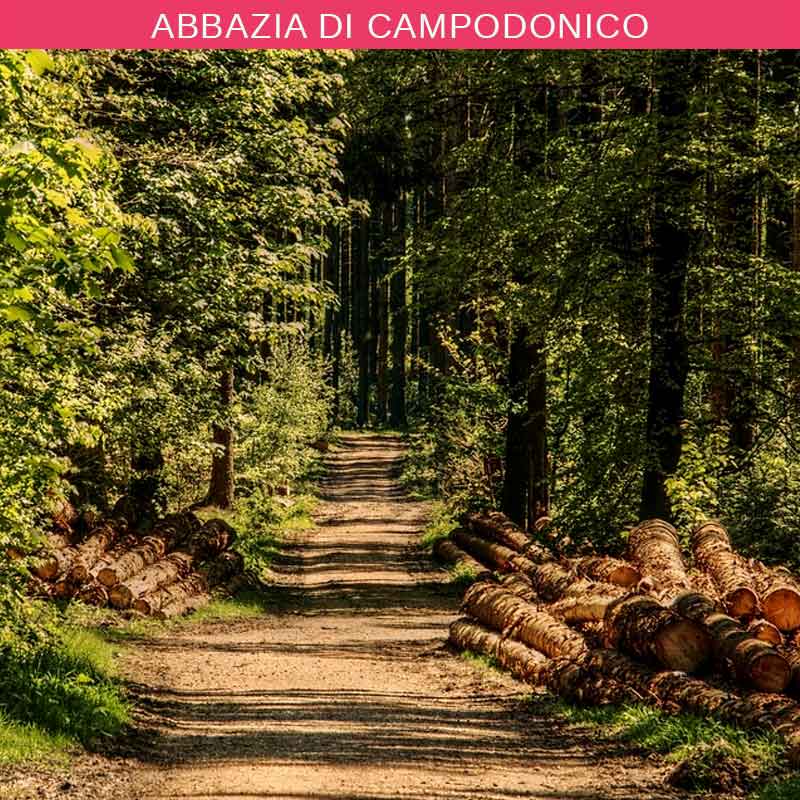
Abbey of Campodonico, San Biagio in Caprile. From the ancient abbey, located in Campodonico, only the church and some part of the monastery are left today. The abbey was already existing in the 1035, it was under the jurisdiction of other major abbeys always maintaining a high degree of autonomy. The church has a unique nave that ends with a semicircular apse. Inside the church until not so many years ago there were two frescos made by an unknown painter called today the master of San Biagio in Caprile, these paintings are now preserved into the National painting Gallery in Urbino.
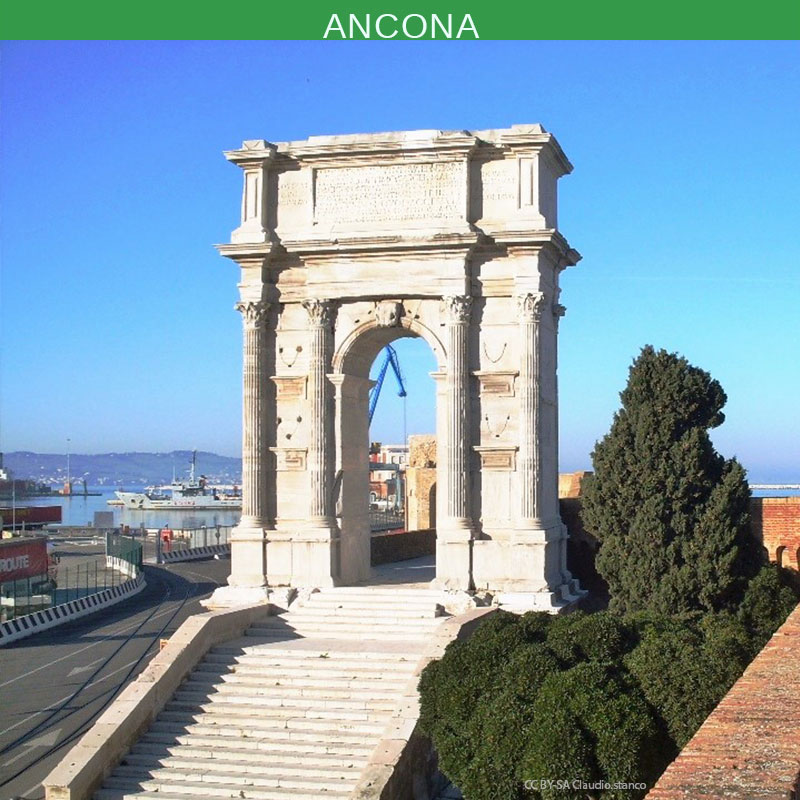
It is the capital of the Marche. The city, located on the Adriatic cost, is built on a hill that form an amphitheatre around the harbour, which is the biggest of the area. The particularity is the location, right on the sea, and the inner city, rich of history and monuments. Inside the city you can find some parks, still well conserved and a wonderful sightseeing. From the historical districts of the city, set on the hills, you can admire the port, from which every year many tourists depart to reach the cost of Greece and Croatia. Ancona is in fact, the first ferry port for number of departures, the first for the shipping of goods and the first fishing port. Remarkable is the presence of the Theater of the Muse, the university Politecnica, and the National Archeological museum.

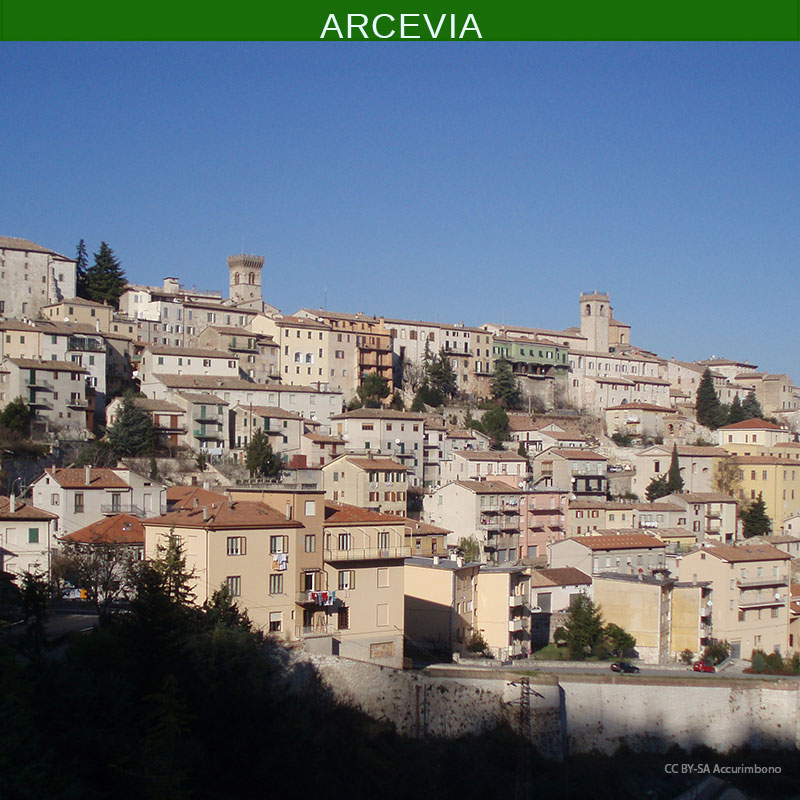
Arcevia, with the ancient Contrada Castle, is one of the more important villages in Marche. Located on Mount Cischiano, in a panoramic position, Arcevia (535 m. above sea level) is immersed in the green hills of the Marche where the rivers Misa and Cesano flow. Here the air is clean and healthy, and the climate is mild. The surrounding countryside with its little villages is intensively cultivated. From the town and the neighbouring mountains you can admire the splendid panoramic view of the Appennines and the Adriatic coast.
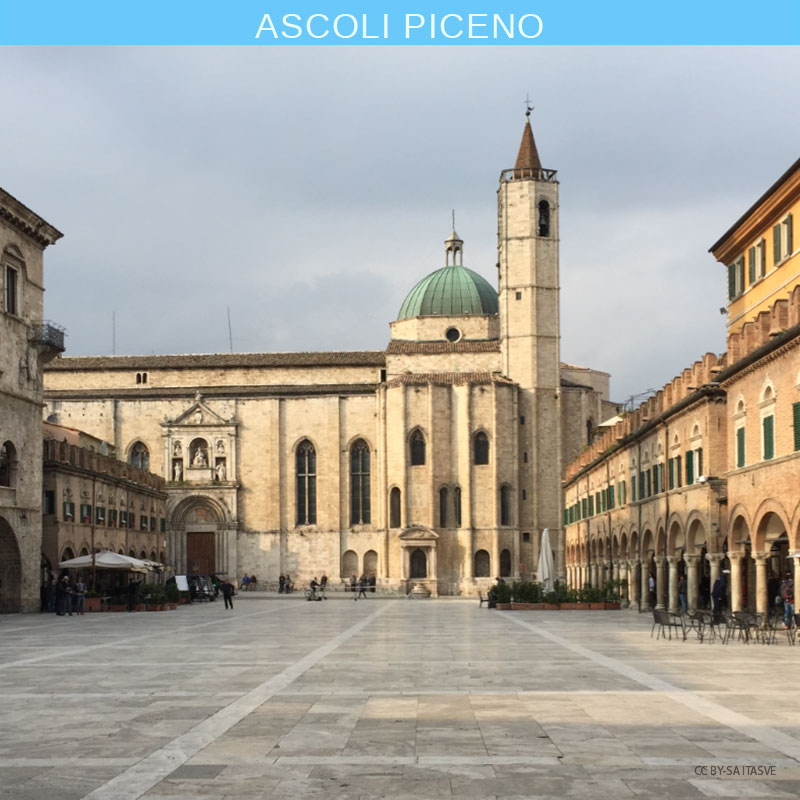
The town of Ascoli Piceno is the southern Marche’s major centre. It is 25 km far from the Adriatic sea, between the Tronto and the Castellano rivers. The city is surrounded by a beautiful landscape with two natural parks: the Sibillini Mountains located in the north east, and the Mountain of Laga in the south. It is a monumental city, with an historical centre totally build in travertine-paved. The main square is Piazza del Popolo. The city is very much involved into religious and civil traditions: every year the first Sunday of August a reinassance show takes place. People wear historical costumes, with more than 900 actors. The show ends with a tournament called Quintana.
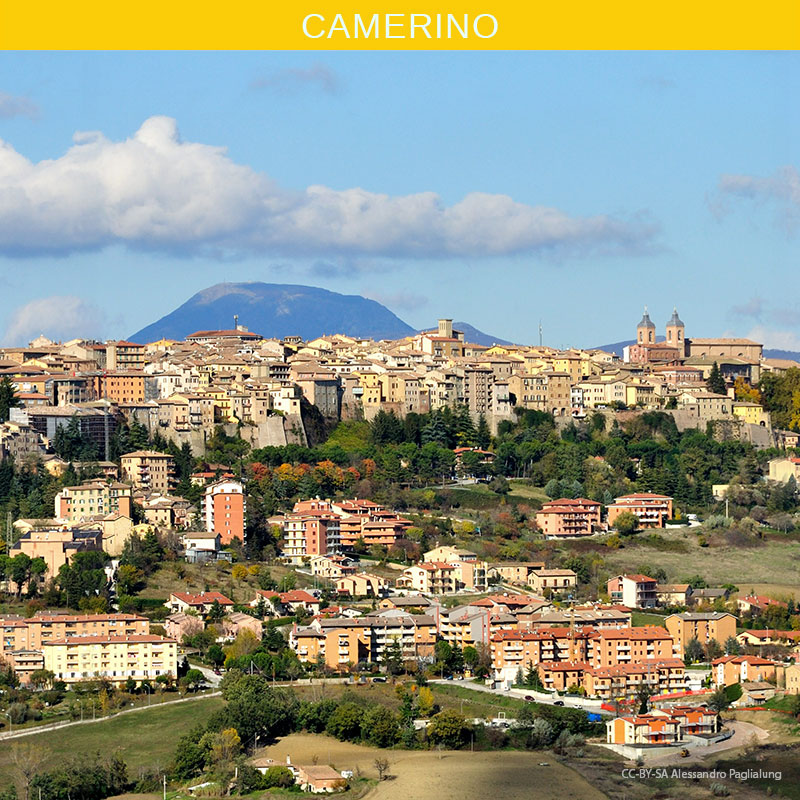
Poised on a ridge between two river valleys, was elected by Carlo Magno Capital of Marche that extended itself from the Apennine mountains to the Adriatic cost. The University here was founded in 1727, and the town’s atmosphere is characterized by the students life. Nice to visit is the Fortress, built by Cesare Borgia, the amazing palaces that houses the headquarters of the university, the Churches, the public Parks, and the wonderful sightseeing to the Sibillini mountains.
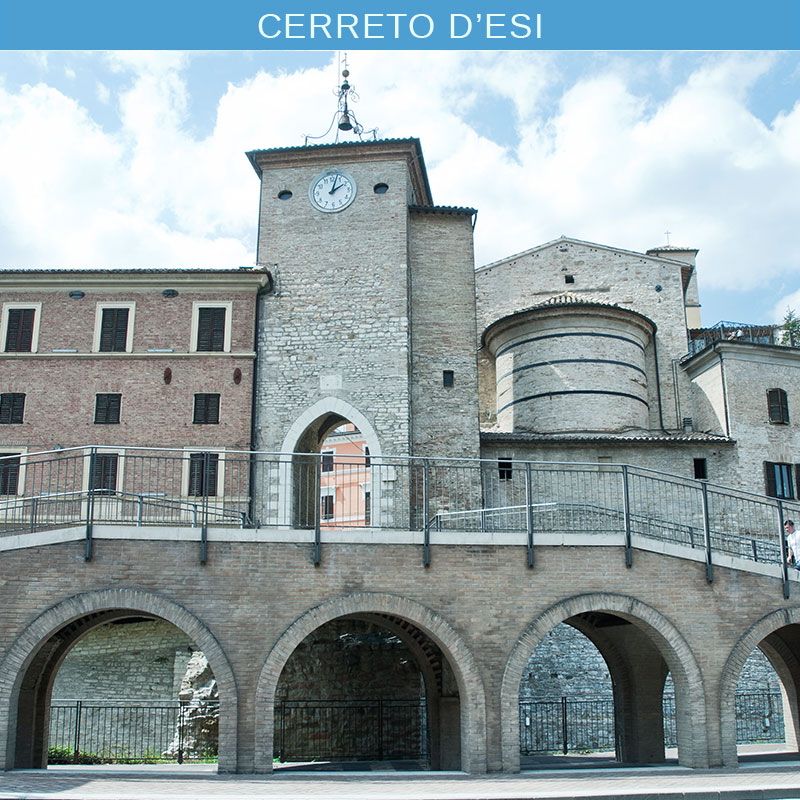
Was a medieval castle, with a characteristic city plan based on the typical Roman military encampment, encircled by a bricks wall with a trapezoidal base. The etymology of the name come from Latin “cirrus” to which has been added in1962 the indication “d’Esi”, which refers to the river Esino that flows near the living area. The river Esino is well represented by the medioeval tower of “Belisario” in the city centre. In the territory of Cerreto D’Esi there are lots of wine factories that during the autumn organize the characteristic ” wine festival” dedicated to the tasting of local wine.

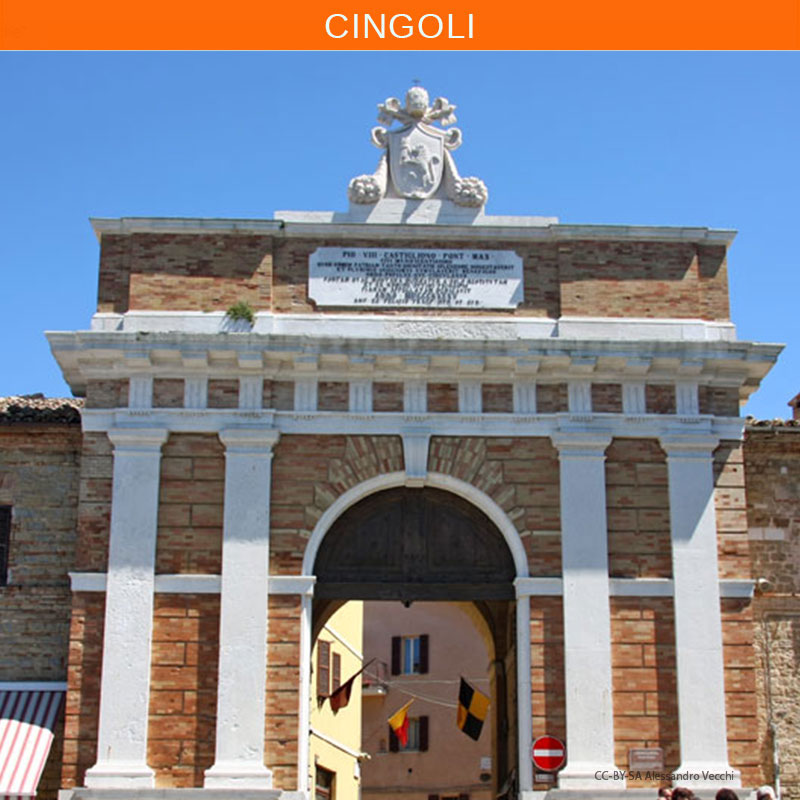
Cingoli is a small, enchanting city in Marche region, situated in the heart of the Marche hills close to Macerata. From the castle walls that surrounded Cingoli since the Middle Ages, it’s possible to enjoy a panorama of the entire Marche territory, all the way to the Adriatic Sea and the Conero promontory. For this reason Cingoli is called the “Il Balcone delle Marche”.
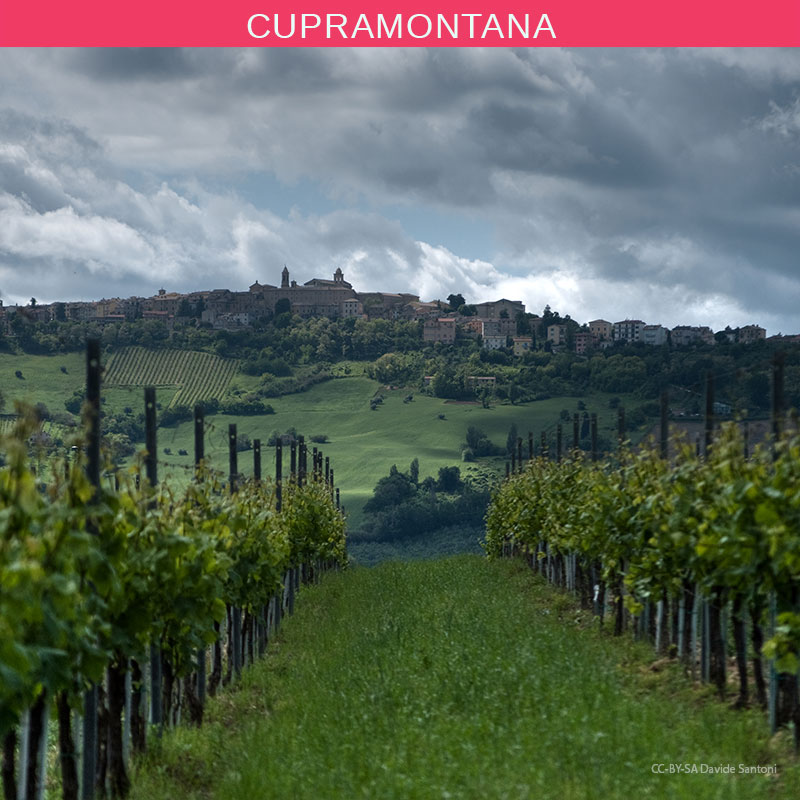
Situated on a hill, originates from a temple dedicated to the goddess Cupra, from which takes the name. Roman center at first, it is the major centre for the production of Verdicchio. In the area are placed interesting archaeological remains of Roman origin like the ancient thermal bath and the aqueduct. Interesting to see are the vineyards and the wine factories. In Cupramontana every year, during the grape harvest season takes place a folkloristic festival called “Sagra dell’Uva”.
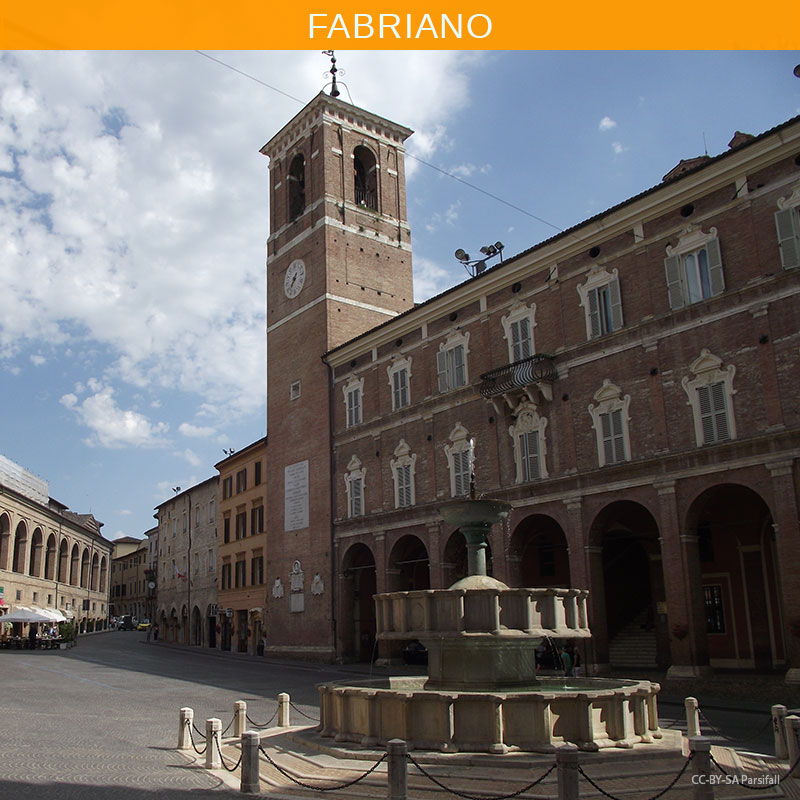
Centre of exceptional historic and artistic interest, was founded during the medieval period by the union of two feudal castles. It’s famous for beeing the first city in Italy to produce paper. The historical centre is very particular: it presents really interesting architectural structures and many ancients palaces, monuments and important churches. The Paper and Watermark Museum, known by everyone in Italy, is situated inside the complex of the church of San Domenico. Significant is the collection of the civic gallery, which contains works from Allegretto Nuzi and Orazio Gentileschi.
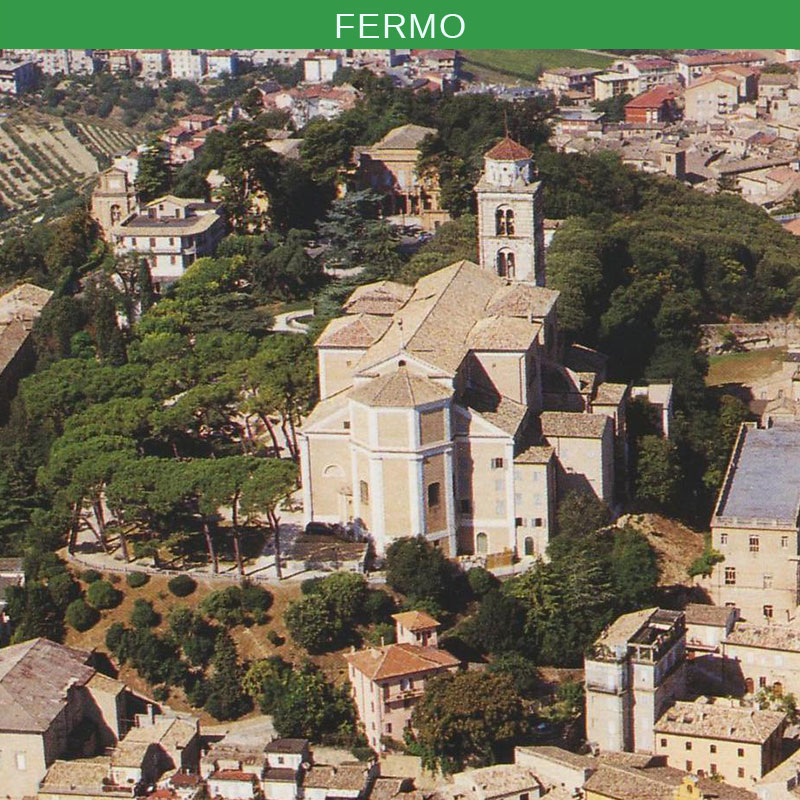
The city of Fermo during the centuries has always been very open and ready to welcome flux of people; for students, workers, tourists, here is always a nice and friendly atmosphere. During the century the geniality of the human kind here created some architectural masterpieces, art works, sanctuaries. The tourists are astonished when they see all the beauty that this city can offer. The wonderful sightseeing, the green hills, the blue of the sea and the sandy beach, this place is so suggestive. Not to be forget is the typical and local food that comes along with the most valuable wines of the region.

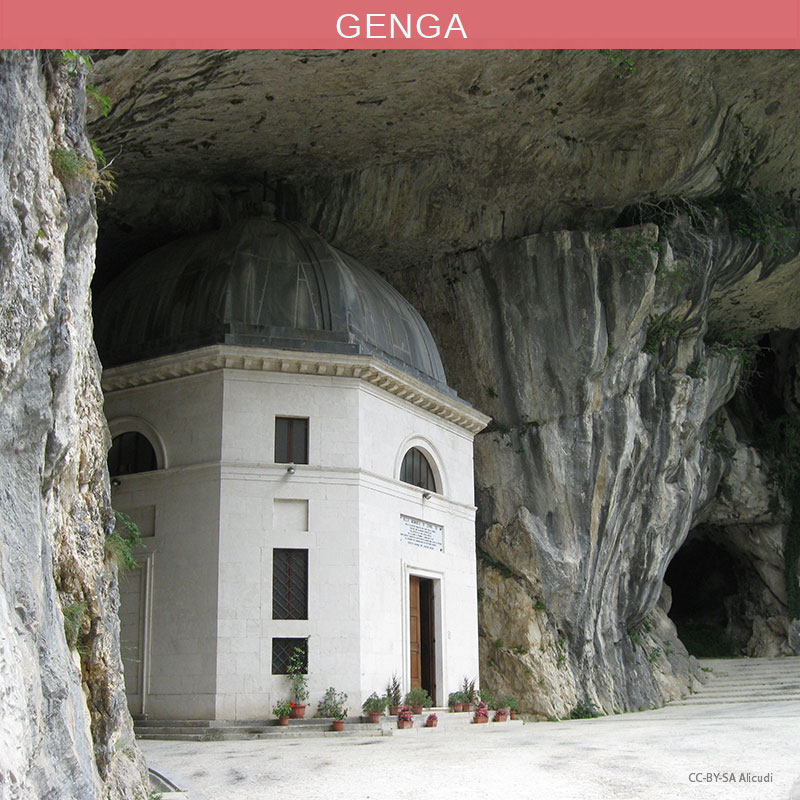
An old district that surrounds an ancient castle (XI century). The city plan is still the same of many years ago, it never changed. The sightseeing of this area is partuculary interesting due to the presence of many castles and monastery like the village of Pierosara and the marvellous Abbey of San Vittore delle Chiuse, they still conserve the aspect of many decades ago. It’s also nice to see the Valadier temple.
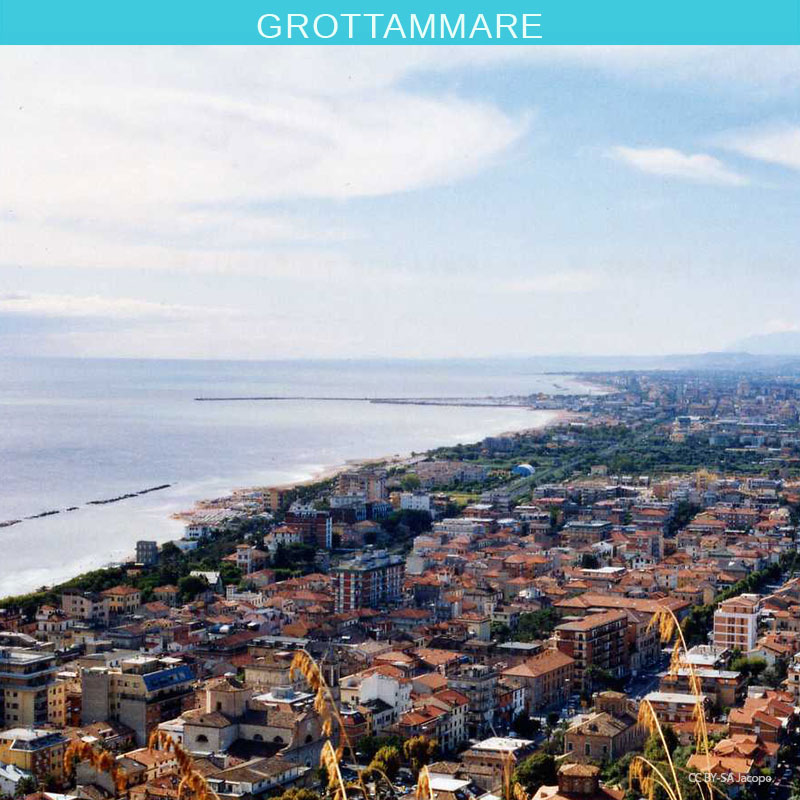
Grottammare has very ancient origin, which dates back to the stone age. There are important structures as a confirmation of these origins like the Church of San Martino (upper middle age and ex abbey of the Benedettini order), this church was buildt on the ruin of a pagan temple dedicated to the goddess Cupra. The ancient district surrounded by stone walls lies on a hill but the town extends itself to the cost line too. Grottammare is infact a well known beach area, full of villas in liberty style and thermal bath.
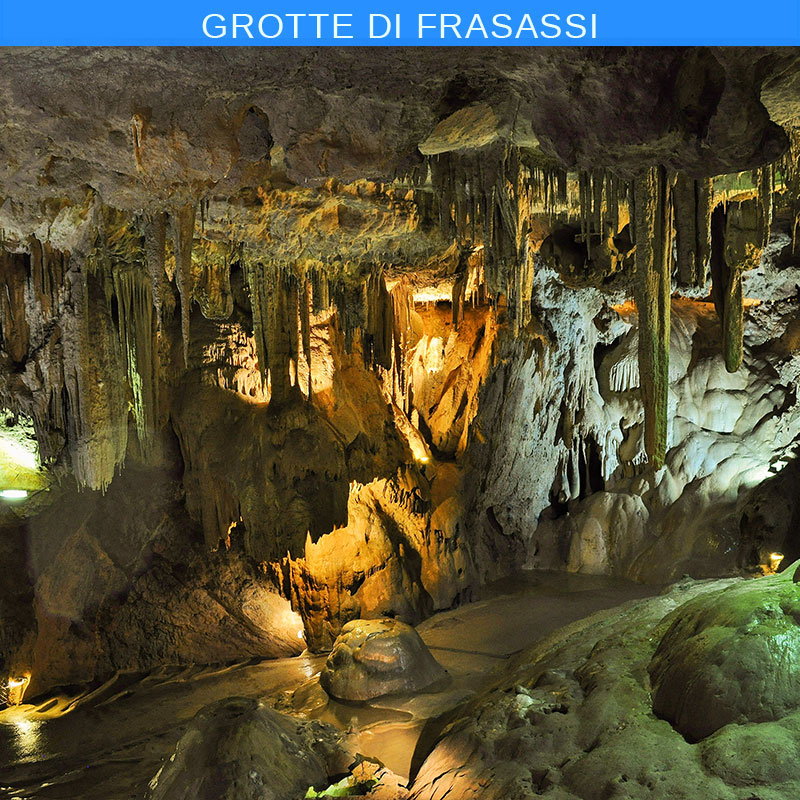
The Frasassi Caves. The river Sentino flowed inside the caves and over time, within 1.400.000 years, this water, rich of calcium and sulphate, shaped the caves in a particular and unique way; trough a process or erosion and calcification we can now admire stalactites and stalagmites tall even more than 20 metres. The guided tour lasts about one hour. It is possible to ask for excursions on the areas where the public is not usually admitted.
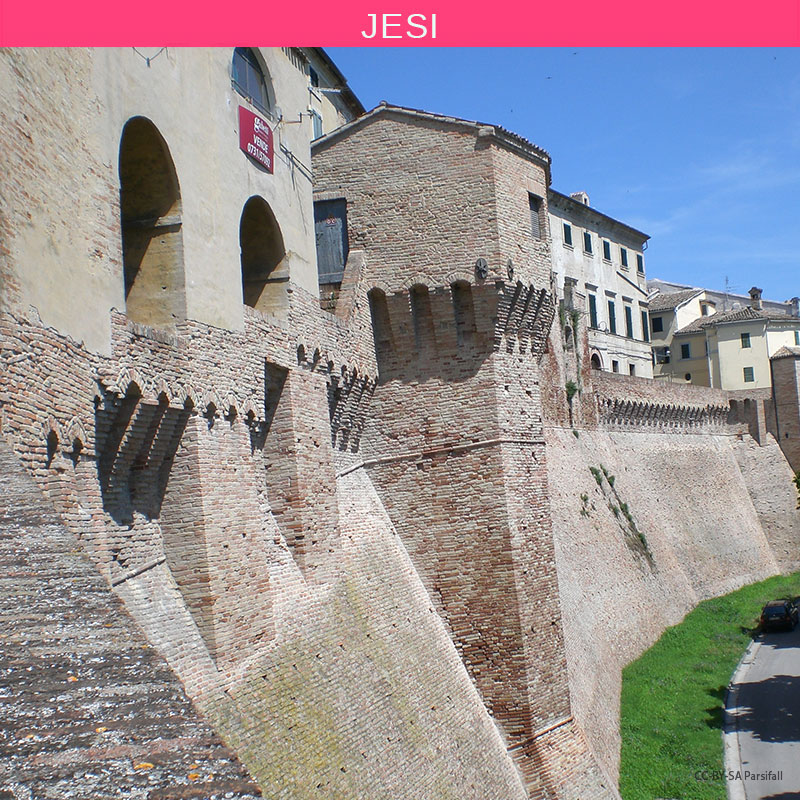
Jesi is located in a valley of the Apennine. It has very old origins, was a roman colony form 247 b.c, then it becomes a free district. Was disputed during the decades among Malatesta, Sforza e Braccio da Montone dinasties. Jesi is the hometown of Federico II di Svevia and of G.B. Pergolesi. It was one of the first Italian city that founded a printing crafts-shop. The pride of the city are a rich collection of old palaces of the 17 century and a wonderful old town centre. The painting gallery of Pianetti Palace hosts some of the most important works of the painter Lorenzo Lotto.

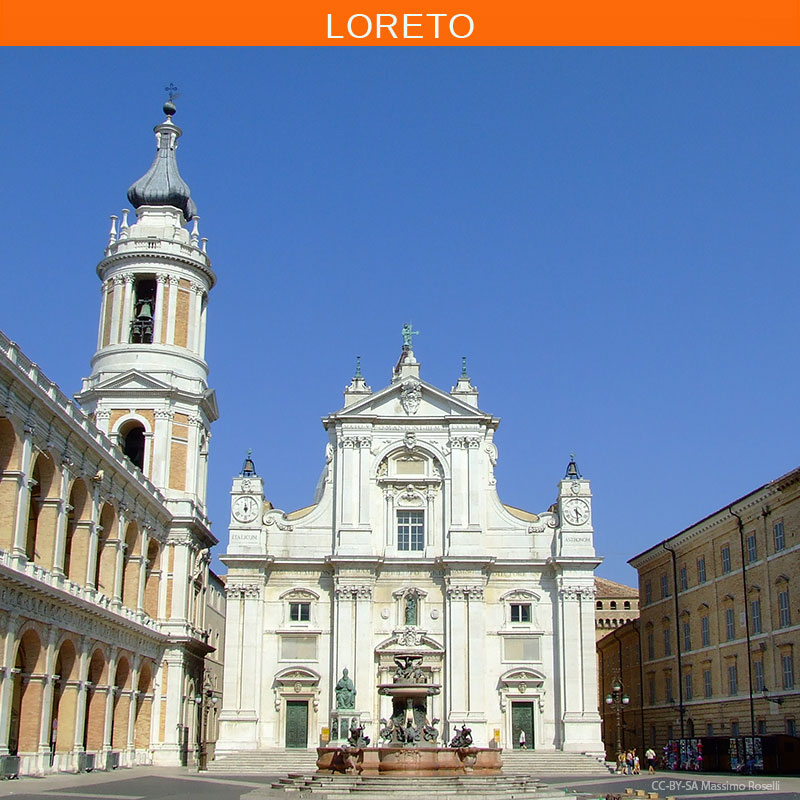
The striking hill town of Loreto is one of the world’s most important shrines to the cult of the Virgin Mary. The town mainly exists for the thousands of pilgrims who travel here from all over the world. The attraction is the Santuary of the Holy House, which keeps inside the original house of Virgin Mary that according to the tradition was brought here from Nazareth by the flying angels. Very interesting is the Museum that preserves a fine group of late works by Lorenzo Lotto, a Venetian master that here retired and died.
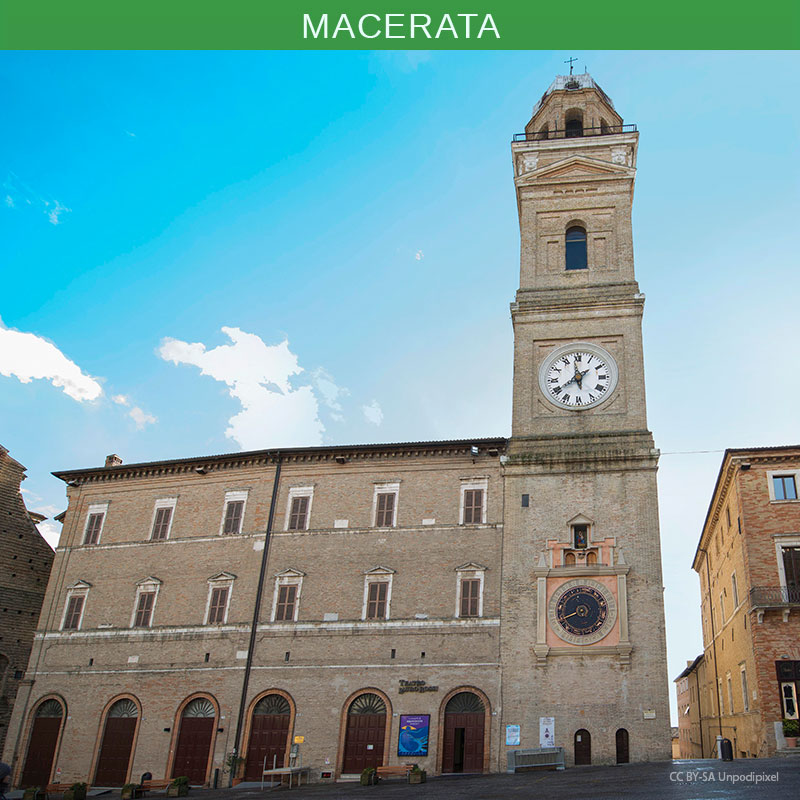
Macerate is one of the provincial capitals of the region and joins the Association of the Cities of Art and Culture. The University of Macerata is one of the most ancient in the world, founded in 1290, when in all the regions was proclaim an edict form Bartolo da Sassoferrato. Macerata helds during the summer season an interesting Opera Festival that takes place in the suggestive arena called Sferisterio. From Macerata starts the annual pilgrimage to the basilica of the Holy House in Loreto.
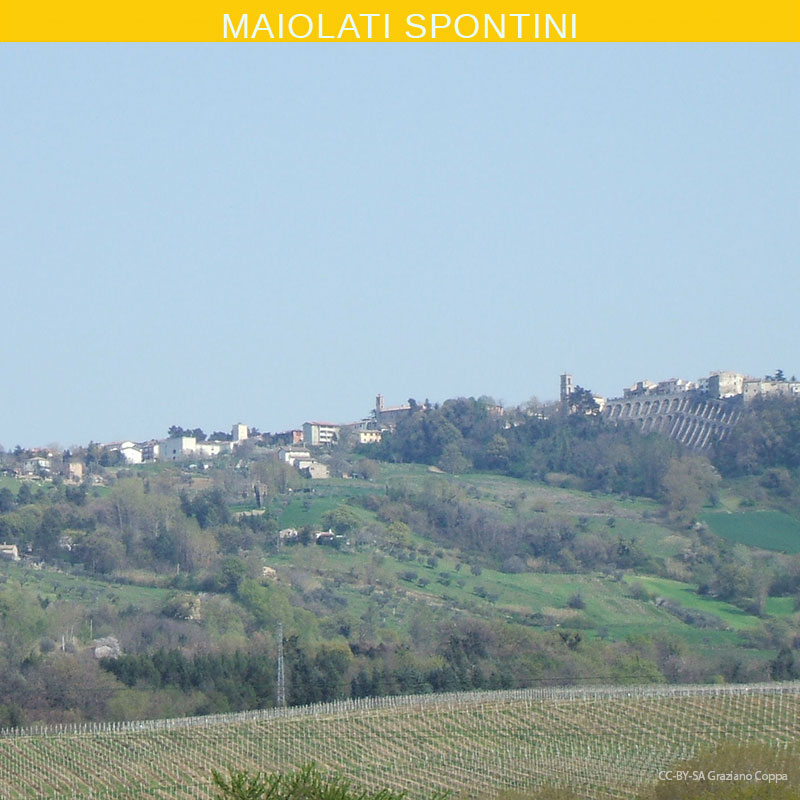
Maiolati Spuntini is located at 405 meters above the sea level. During the last fifty years the town has registered a demographic growth caused basically by the development of Moie, a little town nearby. The other little towns in the neighbourhood are pretty, much rural: Monteschiavo presents some houses made of soil, that proof the old presence of foreign families like the Schiavoni, that were coming from the other side of the Adriatic sea; Scisciano is located on a hill, it is a small castle that was once dominion of the land of Jesi; Scorcelletti belongs only in part to the M. Spontini comunal territory.
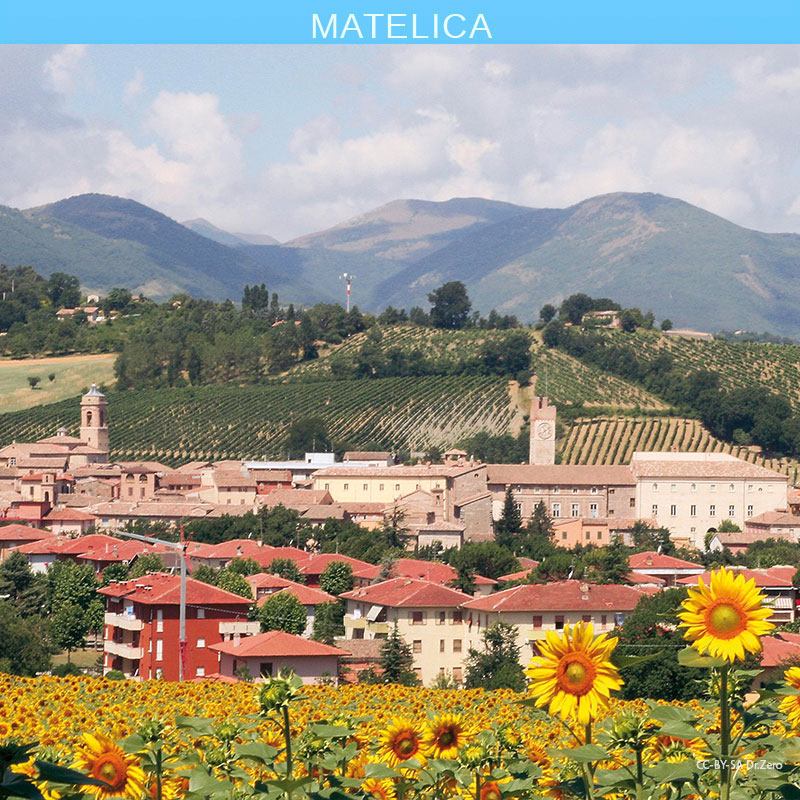
First land of the Piceni, then a Roman hall and in the end an episcopal center. The old town centre is where the octagonal-shaped fountain is located. Interesting to see are the Palace hosting the Municipal Museums, the Archaeological and the Piersanti Museums where the marble Matelica Globe (an ancient clock and solar calendar) is located.

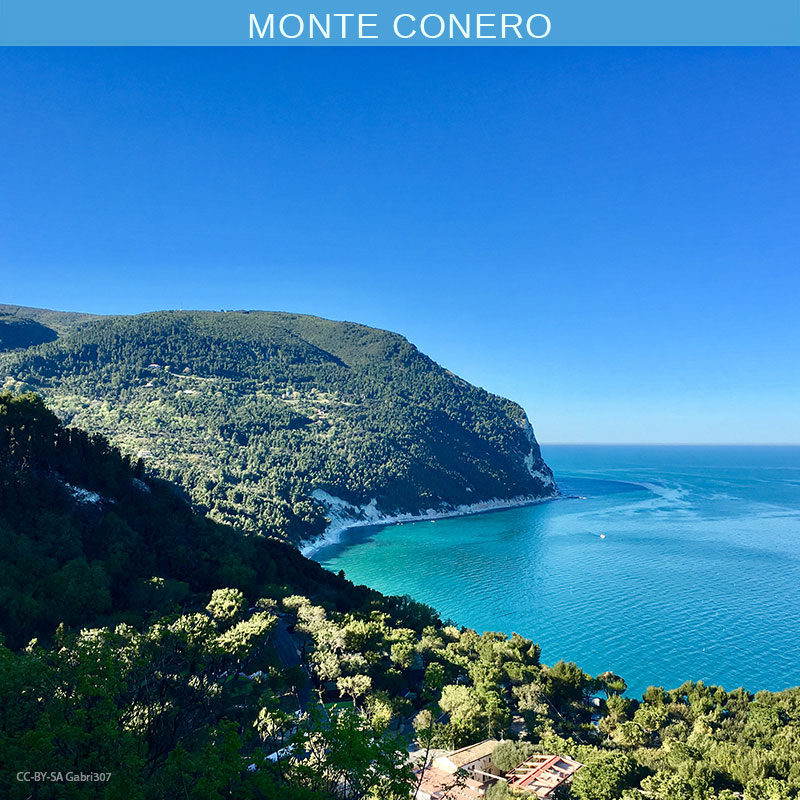
Monte Conero is the higher promontory on the Adriatic cost, and it is located right in the middle of the Conero Park. The park is rich of landscapes, beaches, animals and vegetation of great variety, beautiful and unique diving marine seabeds long the Adriatic coast. The promontory breaks off the homogeneity of the coast line and assumes a high naturalistic value. This is the mountain where the habitants of Ancona go to find a little relief from the hot temperature during summer time, and where they can make excursions and walk trought fantastic landscapes.
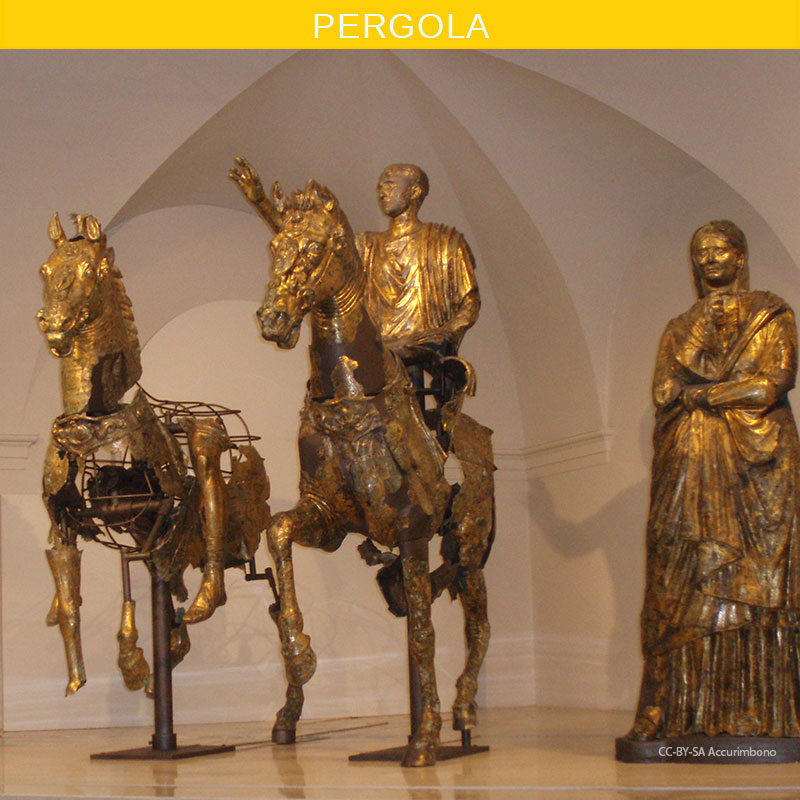
Buildt in 1234 in an inhabited area since pre-historic times, then later arrive the Umbri tribes, the Etruscans, Celts and Romans. Pergola today is a small “art city”. The old town centre has a wealth of historic buildings that are typical of the medieval period, with brick buildings, tower houses, gothic arches and bas-reliefs, confirming the importance that the city had over the centuries. Its religious architecture is particularly interesting, with many churches. Absolutely important to see are the “Bronzi Dorati and the Pergola town Museum”.
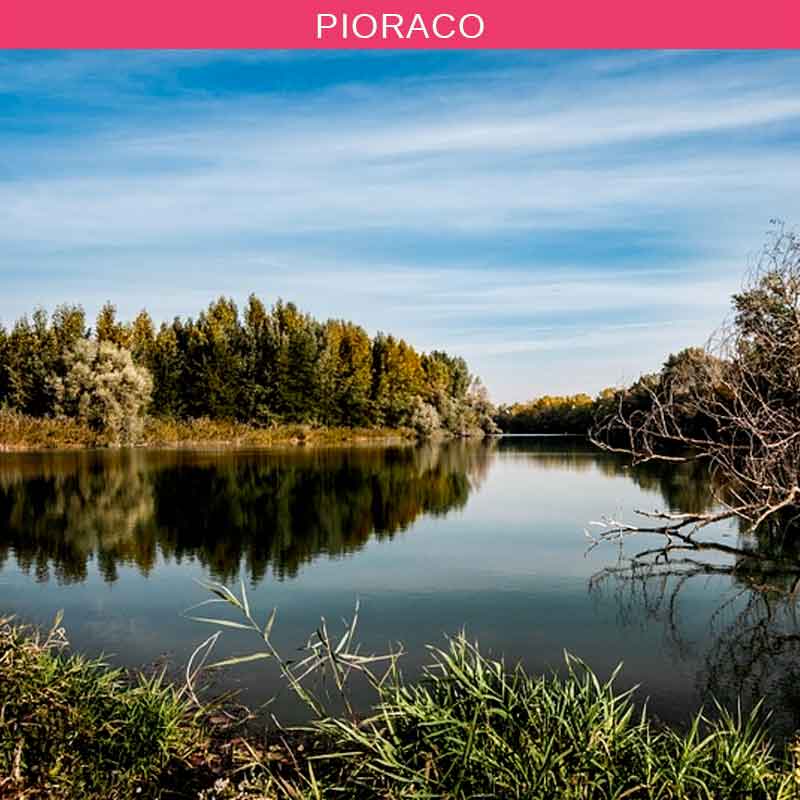
Located in the entrance of a gorge and immersed in a natural area of absolutely intact unique beauty, this little town of Romanic origins is today a place for vacations. It is one of the historical bases of the Miliani Paper factory of Fabriano, and is well known for the production of fine hand crafted paper since 1300. Pioraco is also famous for the natural waterfalls called Li Vurgacci.
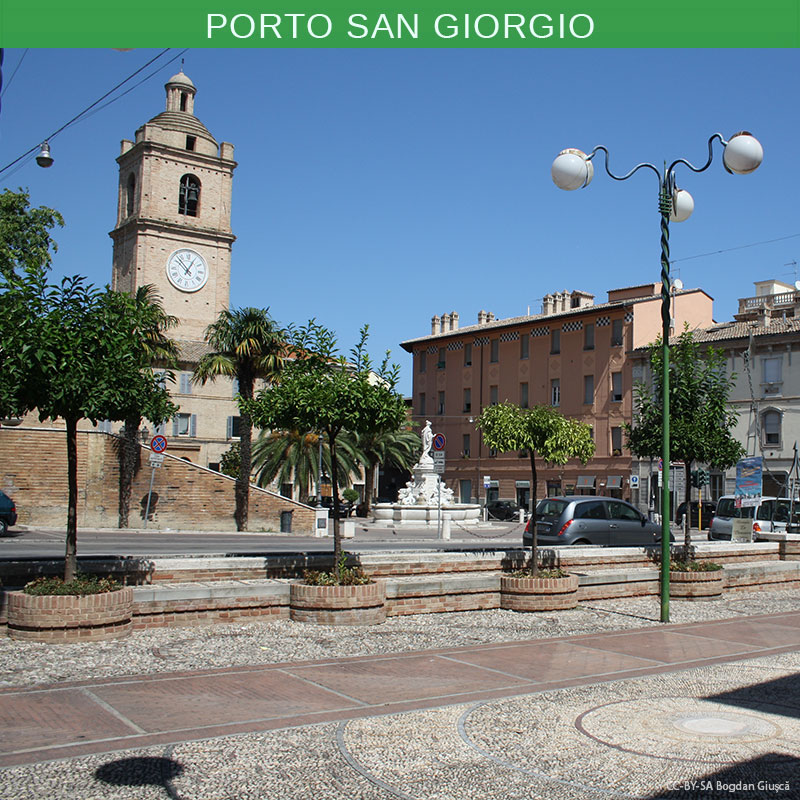
It’s a pleasant seaside town since 1927. From a village of fishermen it became a fortress under the protection of San Giorgio, due to the necessity to defend itself from the Saracen sailors. The castle belonged first to the Church, then from 1267 to the City of Fermo, that here built the fortress. It was an important seaport since the III century B.C, and centre of all the navigation of Fermo and of the heartland traffic from and to Venice. The fortress Tiepolo built on the XIII century had a function of lookout post: with its size it was a block to anyone who wanted to attempt to the power of the town.

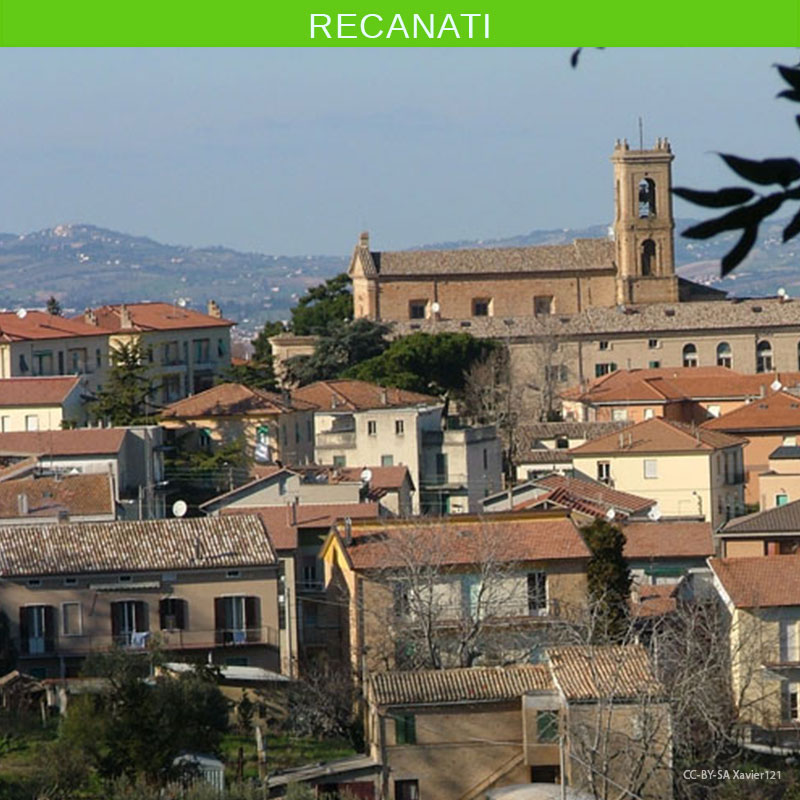
Recanati is the place where the famous Italian poet Giacomo Leopardi was born in 1798, here is the place where he found the inspirations for many of his major lyrics. Today the city is also well known for the national centre of “leopardian” studies. Visitors who love art and culture will find here many attractions: “the biblioteca” with more than 20.000 volumes collected by Count Monaldo, Leopardi’s father; Recanati is also famous for palaces and churches rich of artworks such as the Persiani Theatre that gave hospitality to Mascagni and to the tenor Gigli, the Diocesano Museum, with the suggestive papal jail, the City Hall Palace and the famous Museum dedicated to Beniamino Gigli.
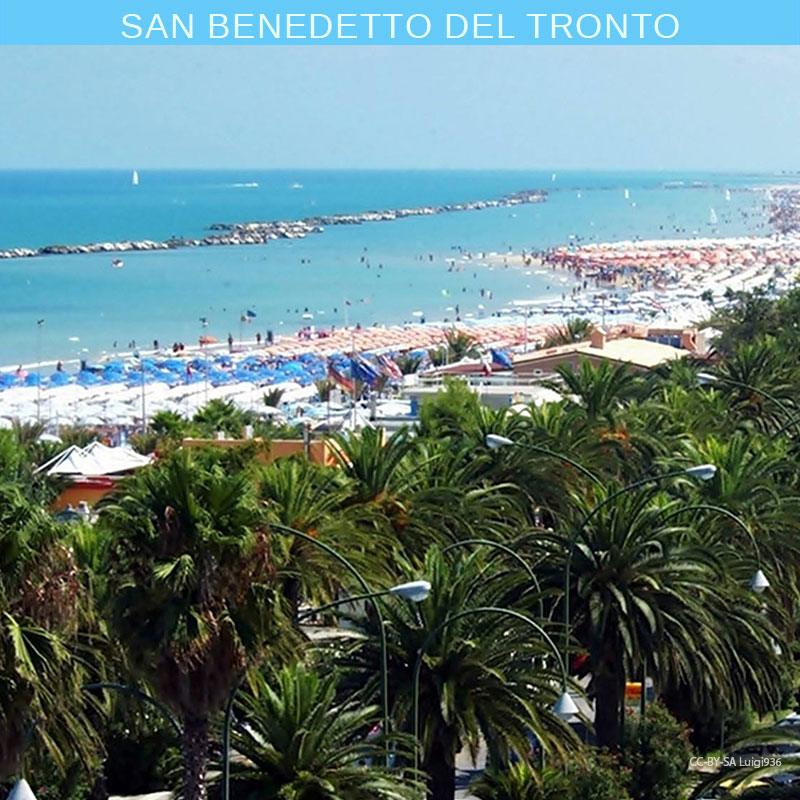
An elegant sandy beach 10 km long, with over 7.000 palm trees, flowers and marine pines on its wide ancient promenade. It is one of the main holiday resort center of the southern side of Marche but it is also one of the most important fishing ports on Italy’s Adriatic coast. The Fisheries Museum has more than 6.500 kind of fishes, shellfishes, aquariums and a high specialized library.
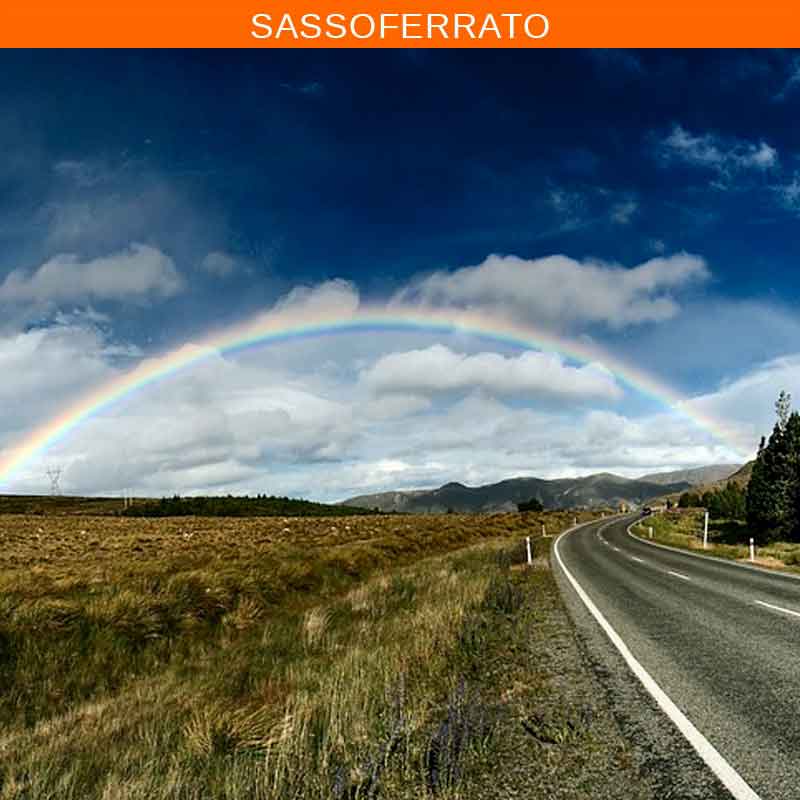
A prosperous little town made up of a low part (the Village) and an high one (the Castle), dominated by the Rocca Albornoziana (1365). The origin of the city comes from the Roman city of Sentinum, that lays close to the village. The X century castle, first belonged to the Este family and then to the Malatesta. Sassoferrato is a place of historic and artistic interest, especially for the ruins of Sentinum.
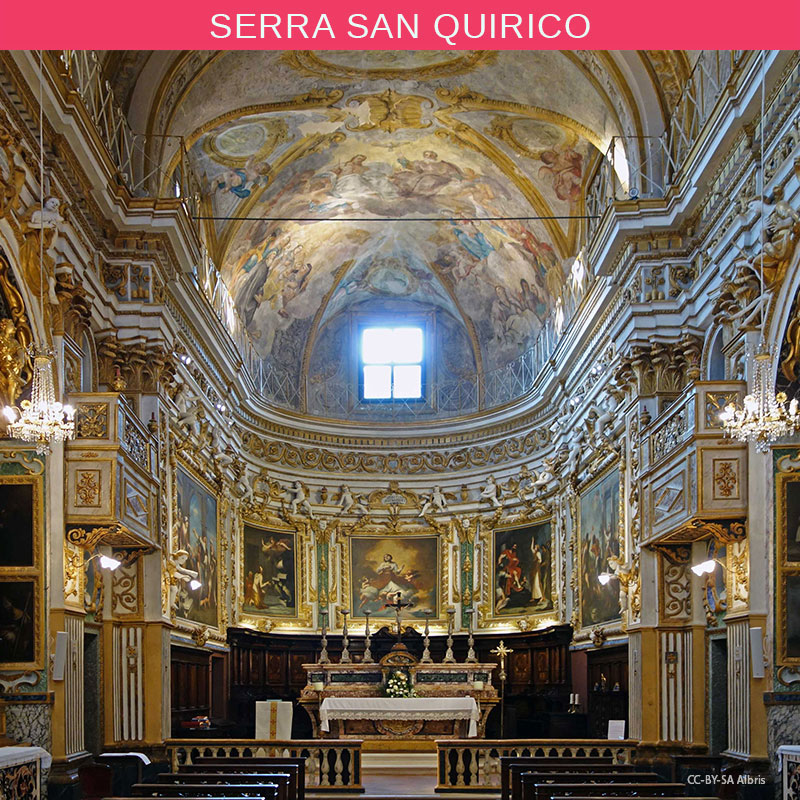
A town of remarkable historical artistic and naturalistic interest with many places of interest in the communal territory. Within its medieval walls were built houses over time that have given place to picturesque covered roads, called “copertelle”.

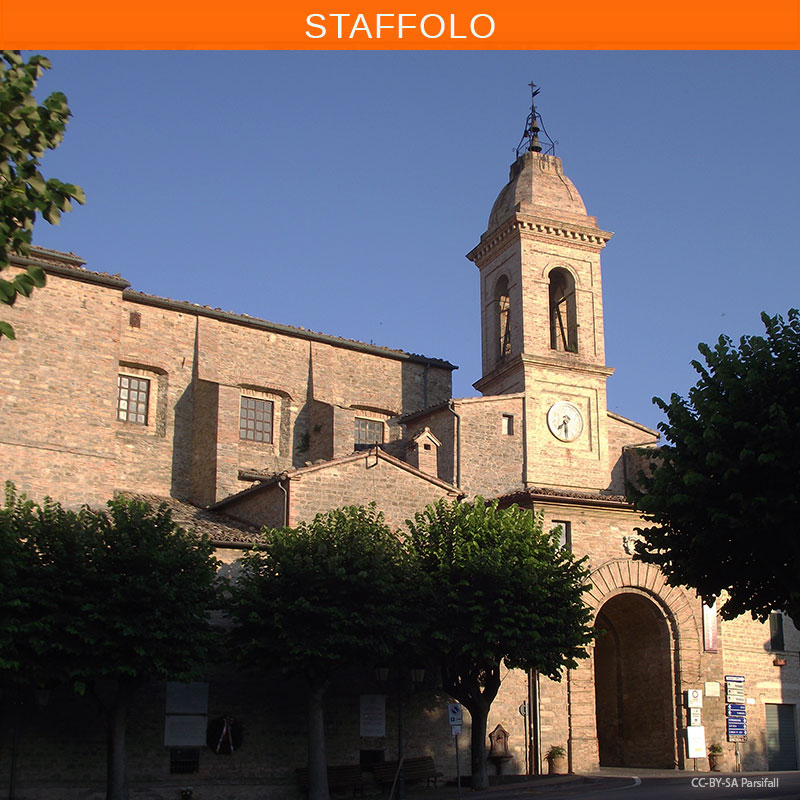
Is located on a hill at 442 meter above the sea level. From its position you can admire a panorama that goes from the valley of the Esino to the valley of Musone, also called “Il Balcone della Vallesina”. The landscape is dominated by Mount St. Vicino. One of the main features of this place is the cultivation of olive trees since decades. The city centre of Staffolo was probably built in the VI or VII century a.c., it was a roman fortified place. It was destroyed several times and then rebuilt during the middle age. Today Staffolo still has an old town centre surrounded by castle walls and is very rich of historical remains.
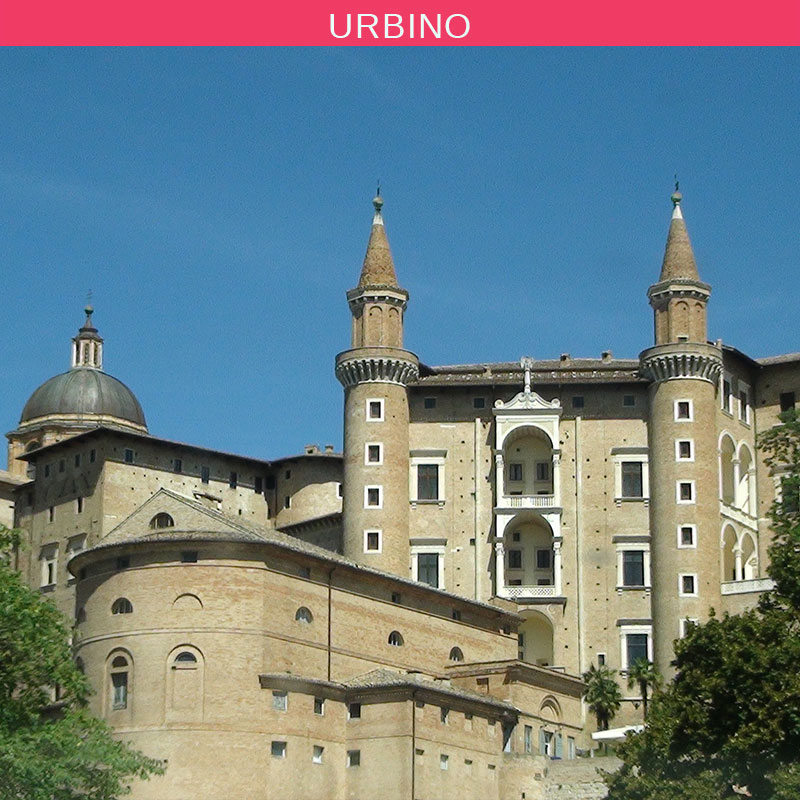
Is one of the most important towns in Marche. The renaissance’s capital was led from 1444 to 1482 by Duke Federico da Montefeltro that gathered around him painters poets and scholars. At his court, Piero della Francesca wrote about science and prospective, Francesco di Giorgio Martini wrote an agreement about architecture, the father of Raffaello, Giovanni Santi created a poetic resume about the principal artists of the time. Very appreciated by the tourist is the Palazzo Ducale with a typical architectural structure. Inside the house of Raffaello is possible to admire one of his wall painting made during his youth age and all the rooms where he lived. Remarkable is the fact that Urbino has one of the most important university in Italy.
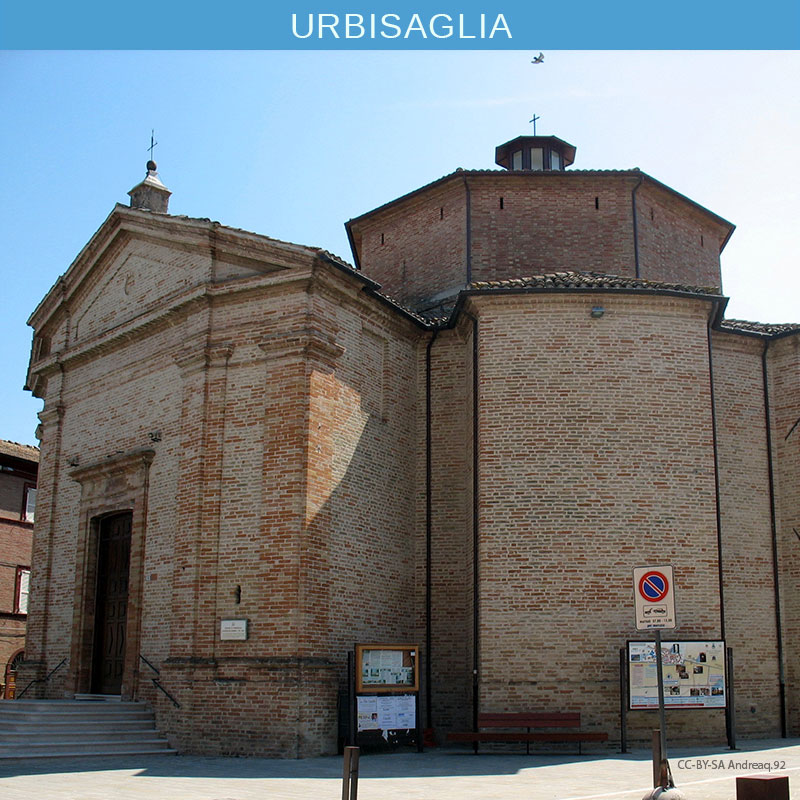
The medieval town of Urbisaglia, surrounded by the Castle Walls, the roman Amphitheatre and the Fortress of the renaissance represents the most characteristic architectural structures of the city. From the top of the fortress it is possible to admire a panorama that goes from the Sibillini Mountains to the Fiastra valley to the Adriatic sea. Is it also possible to visit the natural reserve of Abbadia di Fiastra and the ancient Abbey of Chiaravalle, one of the most well preserved abbeys in Italy.

